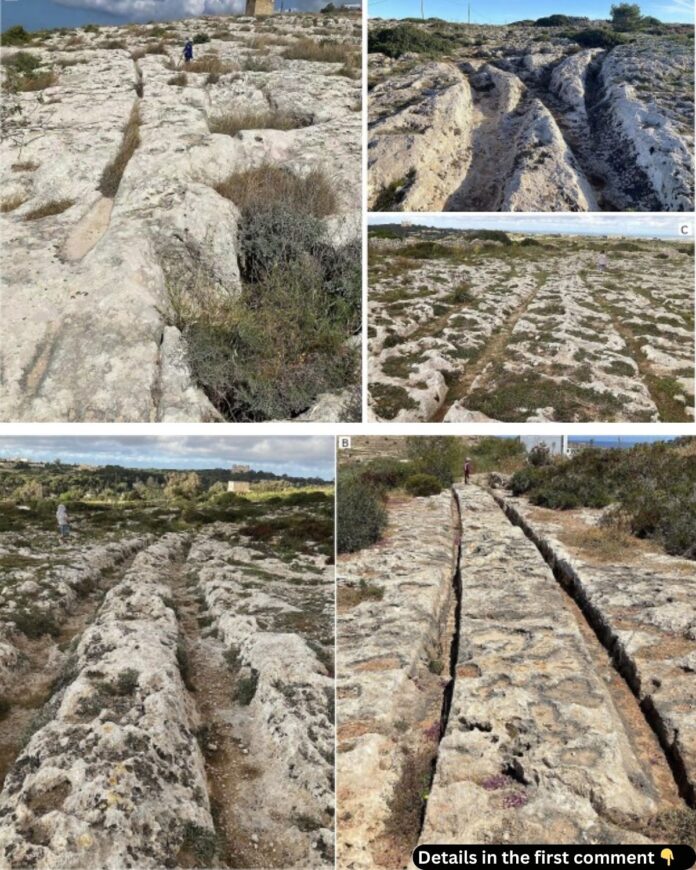Deep in the rocky landscapes of Malta and Gozo lie one of the most enduring archaeological mysteries of the ancient world—the cart ruts of Misrah Ghar il-Kbir. These parallel grooves etched into the limestone have fascinated researchers for centuries, defying easy explanation. What were these tracks used for? Who created them, and why do they appear to lead nowhere? Despite decades of study, the cart ruts remain an enigma, sparking endless theories and debates.
Origins of the Cart Ruts: A Prehistoric Puzzle
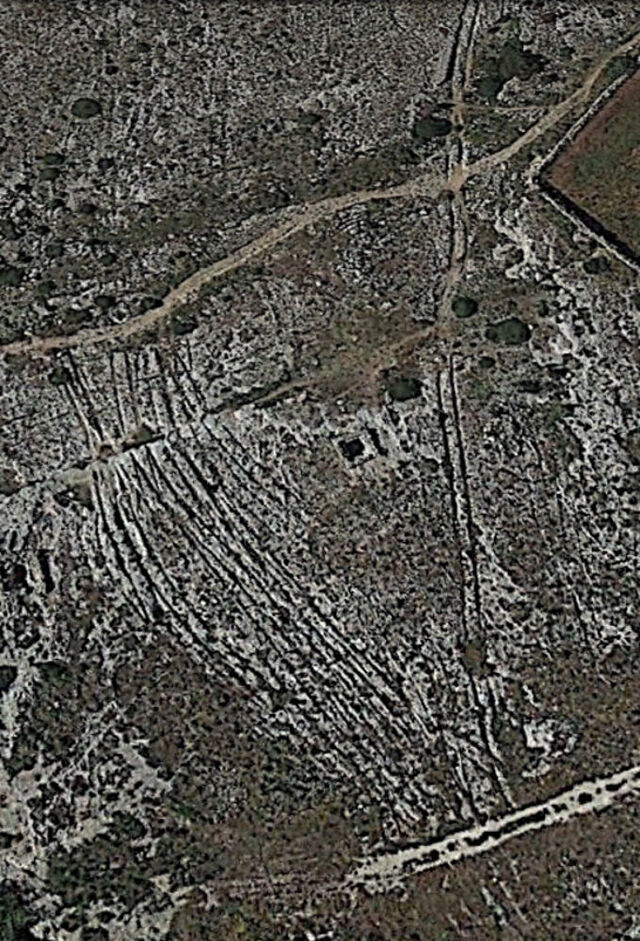
The cart ruts are a network of parallel grooves carved into Malta’s rocky terrain, often running side by side in pairs. Found across Malta and its sister island Gozo, they vary in depth and width, with some tracks measuring over 60 centimeters deep. These tracks often intersect and overlap, creating a web of grooves that appear both deliberate and chaotic.
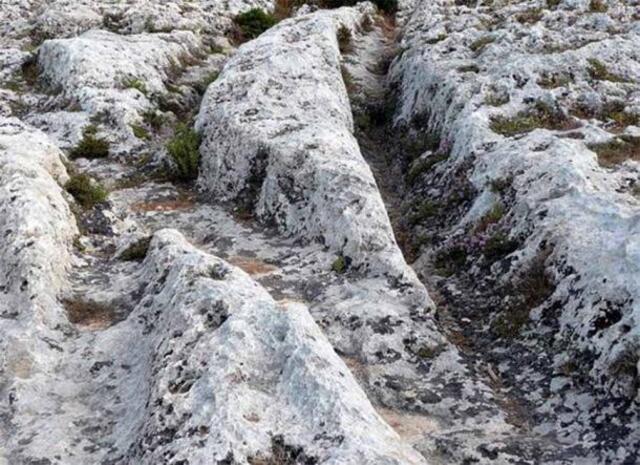
Archaeologists date the cart ruts back to prehistoric times, although their exact age is unknown. Some believe they were created during the Temple Period, around 3600–2500 BCE, while others suggest they may be much younger. Comparisons have been drawn to similar tracks in Greece, Italy, and Spain, but none match the density or complexity of Malta’s cart ruts. This uniqueness has led to endless speculation about their purpose and origins.
Video
Explore the mysterious ‘Cart Ruts’ of Malta – watch the video to dive into the debate over whether they are proof of an advanced ancient civilization!
Unveiling Misrah Ghar il-Kbir: Malta’s “Clapham Junction”
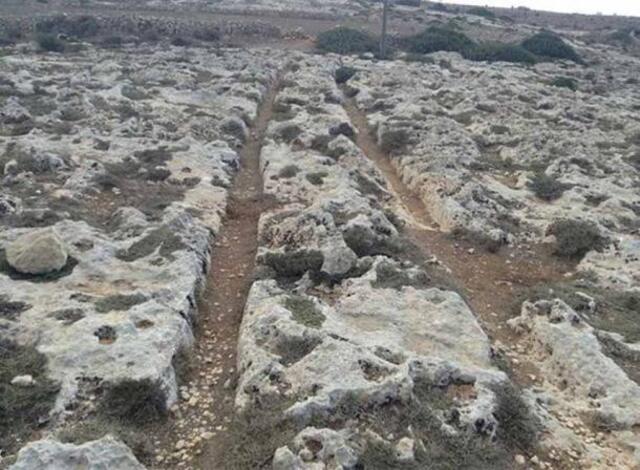
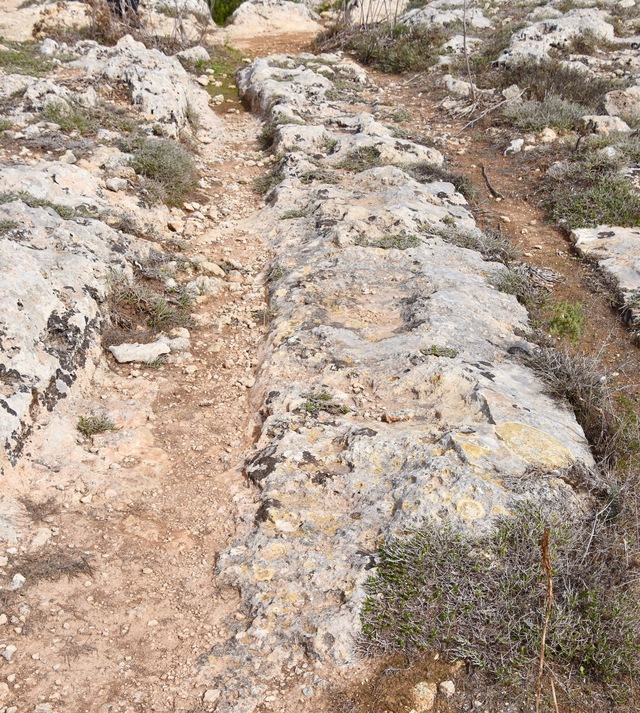
One of the most famous sites of the cart ruts is Misrah Ghar il-Kbir, nicknamed “Clapham Junction” due to the sheer density of intersecting tracks. Located near Dingli, this area features dozens of grooves crisscrossing in unpredictable patterns, leading some to describe it as a chaotic maze.
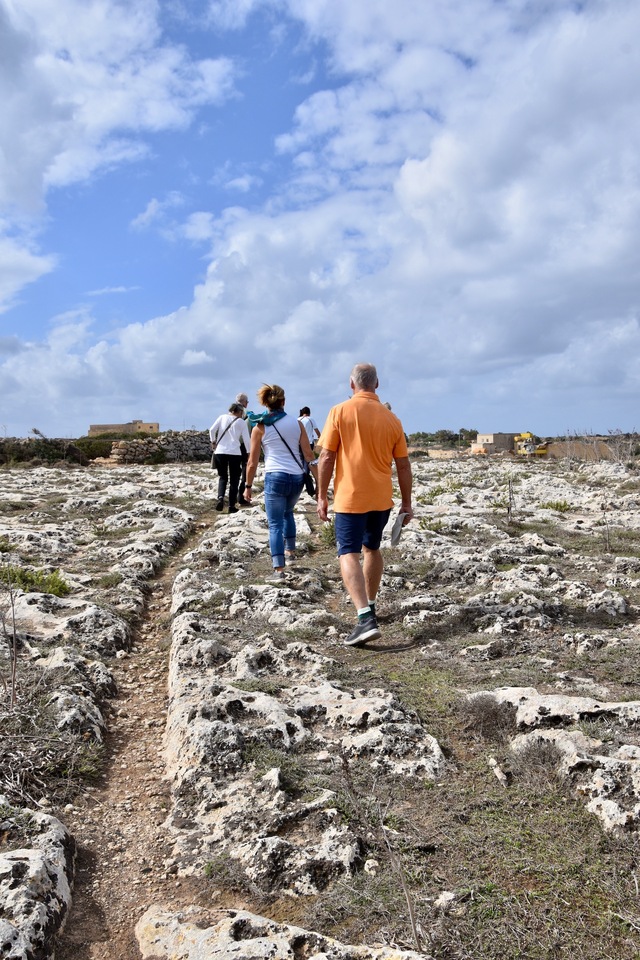
What makes Misrah Ghar il-Kbir particularly fascinating is how some tracks abruptly end or disappear into the sea. These underwater extensions add another layer of mystery, suggesting the ruts may have been created before sea levels rose thousands of years ago. The randomness of their paths and their extension into marine environments continue to baffle researchers.
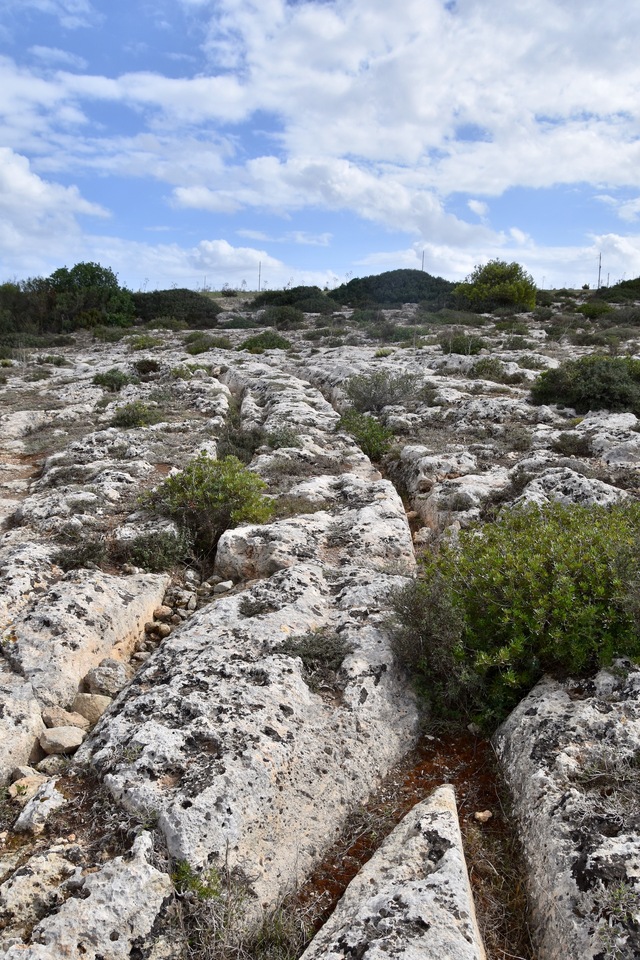
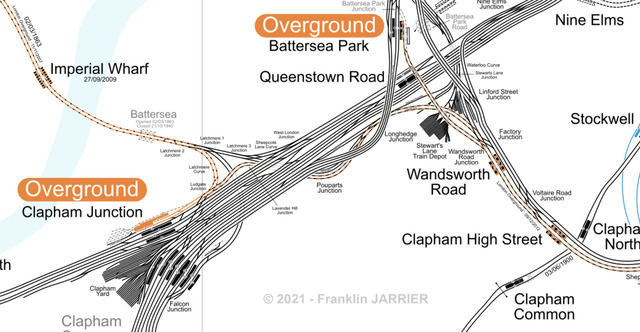
Theories on the Purpose of the Cart Ruts
Many theories attempt to explain the purpose of the cart ruts, but none have been universally accepted.
- Transportation Hypothesis
The most popular theory suggests the ruts were used to transport goods using carts, sleds, or skids. The grooves may have served as tracks, guiding vehicles laden with stones or supplies. However, this explanation faces challenges, as no evidence of wheels or carts has been found in association with the ruts. - Irrigation or Water Management
Some researchers propose the ruts were part of an ancient irrigation system, guiding water through fields or quarries. Yet, their irregular paths and overlapping grooves make this theory less plausible. - Astronomical Alignments or Religious Purposes
Another theory links the cart ruts to ancient astronomical or ceremonial practices. Could the grooves align with celestial events, or were they part of a ritual landscape? The lack of supporting evidence leaves this theory open to debate. - Quarrying
The ruts may have been created during the extraction of limestone, which was abundant in Malta. However, this theory struggles to explain the density and unpredictability of the tracks at sites like Misrah Ghar il-Kbir.
Connection to Malta’s Megalithic Temples
One intriguing hypothesis connects the cart ruts to the construction of Malta’s megalithic temples, some of the oldest freestanding structures in the world. Theories suggest the ruts could have been used to transport massive limestone blocks to temple sites during the Temple Period.
However, the materials used to construct the temples don’t align perfectly with the dimensions of the cart ruts, leading some to doubt this theory. Additionally, the lack of wear patterns consistent with heavy loads makes this explanation less convincing.
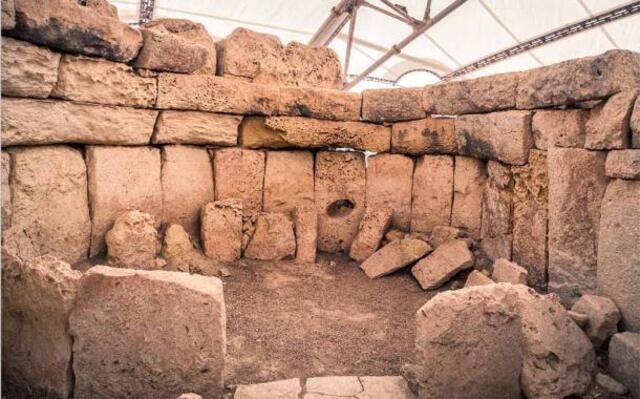
Clues from the Shape and Depth of the Tracks
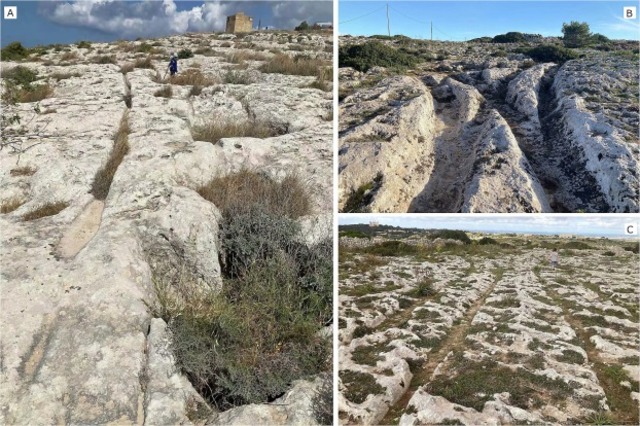
Recent studies have focused on the variations in the cart ruts’ shape and depth, offering new insights into their purpose. Some tracks are shallow and wide, while others are deep and narrow. These differences may indicate they served multiple purposes or were created over different time periods.
Weathering patterns also provide clues. Tracks that appear heavily eroded suggest they are much older than previously thought, possibly dating back to a time when Malta’s landscape looked very different from today.

Global Comparisons: Similar Tracks in Other Countries
Although Malta’s cart ruts are unique in their density and complexity, similar tracks exist in other parts of the world. In Greece, tracks known as “Stone Grooves” are thought to have guided carts. In Spain and Italy, ancient grooves carved into stone have also been attributed to transportation or agricultural practices.
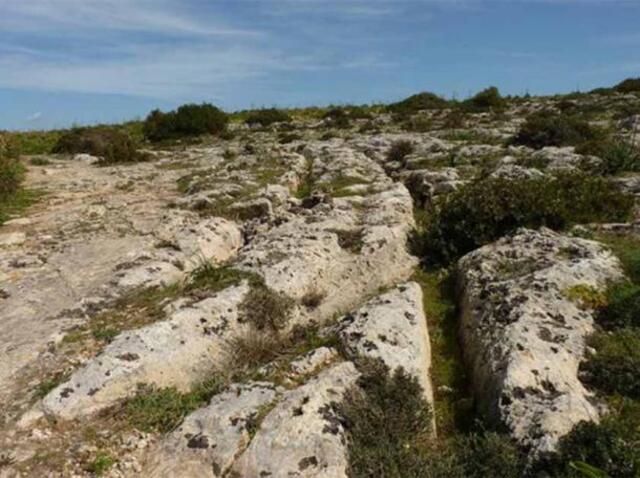
However, none of these examples match the scale and enigmatic nature of Malta’s cart ruts. The underwater extensions and unpredictable patterns of Malta’s tracks remain unparalleled, adding to their mystique.
Research and Controversies: Challenges in Interpretation
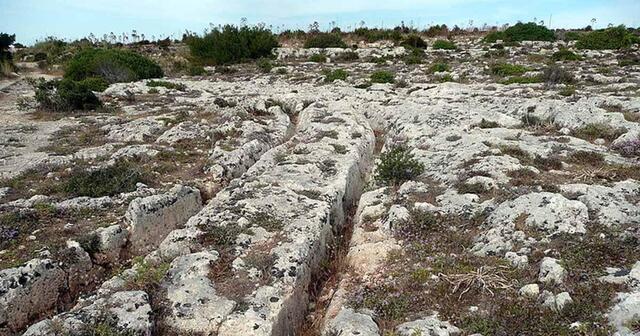
The cart ruts have been the subject of intense debate among archaeologists, with conflicting theories and interpretations. One major challenge is the lack of artifacts or tools associated with the tracks. Without physical evidence, determining their purpose remains speculative.
Additionally, researchers disagree on whether the tracks were intentionally carved or formed naturally over time. Some suggest they may have been created by repeated use, with heavy loads wearing grooves into the soft limestone. Others argue the precision of the ruts points to deliberate design.
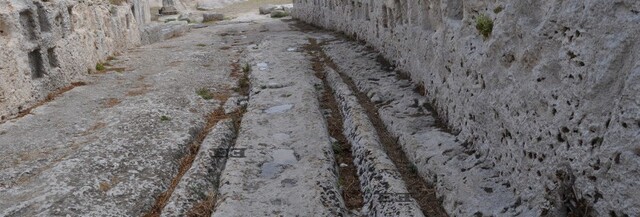
A Legacy Lost in Time: The Mystery Endures
Despite decades of research, the true purpose of Malta’s cart ruts may never be known. They stand as a testament to the ingenuity and creativity of ancient societies, offering a glimpse into a world long lost to history. Whether they were used for transportation, quarrying, or something entirely unknown, the cart ruts remain a symbol of human curiosity and the enduring allure of the past.
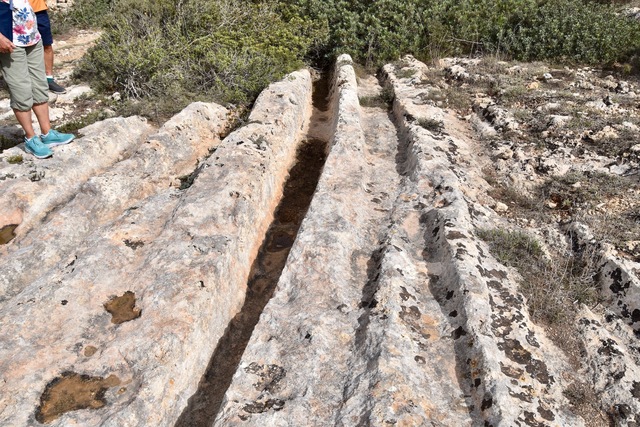
Conclusion: An Invitation to Explore Malta’s Ancient Secrets
The cart ruts of Misrah Ghar il-Kbir are more than just grooves in the ground—they are a puzzle that invites exploration and imagination. For those intrigued by history and archaeology, a visit to Malta offers the chance to witness these mysterious tracks firsthand and delve into their untold stories.
As you stand among the cart ruts, you’ll feel the weight of history beneath your feet, a reminder of how much we still have to learn about our ancient ancestors. Malta’s cart ruts are not just a relic of the past—they are an open invitation to wonder, question, and dream.
